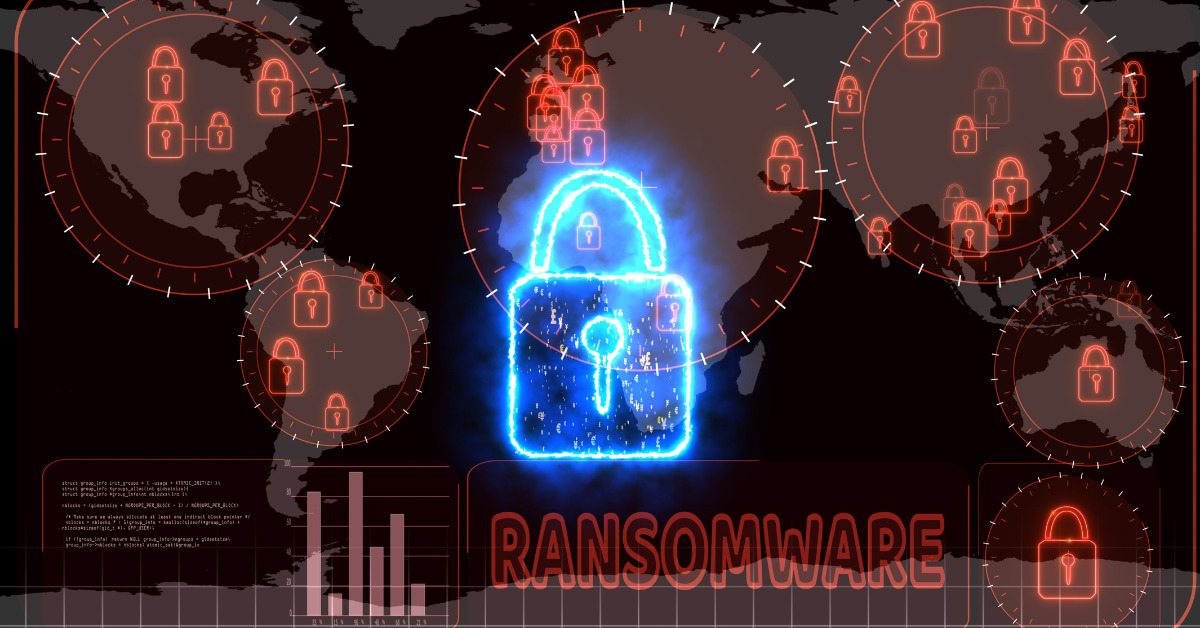By Jon Joyner, Cybersecurity Practice Leader and Traci Tyler, HR Advisory Practice Leader
The Top Line
While firewalls and threat detection software are essential, technology alone cannot protect your business. For small and midsized businesses, employees are often the weakest link in your cybersecurity posture. Whether it is a misplaced phone, a poorly handled password, or a missed offboarding step, human behavior consistently opens the door to data breaches.
To build a secure business, leaders must treat cybersecurity as a cultural issue—not just a technical one.
- Cybersecurity Is a People Problem
What it means for you:
Most cyber incidents stem from employee actions, not software flaws. Common risks include weak passwords, lost devices, or failing to recognize phishing attempts. Remote work and mobile tools further complicate oversight.
Strategic takeaway:
Technology policies must be paired with behavior-focused strategies. Cybersecurity begins with employee awareness and accountability.
- Training Is Only the Beginning
What it means for you:
One-time training modules are not enough. Without real context or reinforcement, employees may forget policies or disregard them entirely.
Strategic takeaway:
Make cybersecurity training an ongoing part of the employee experience and enforce expectations through consistent leadership follow-up.
- Secure Every Step of the Employment Lifecycle
What it means for you:
Cyber risk starts on day one and lasts until access is fully revoked—often even longer if proper offboarding steps are missed.
- Onboarding: Introduce clear acceptable use policies and define access limits.
- During employment: Monitor permissions regularly and provide timely risk updates.
- Offboarding: Immediately disable all access, especially for personal devices or cloud-based accounts.
Strategic takeaway:
Build a joint process between HR and IT to manage access from start to finish.
- Mobile Devices Are a Major Blind Spot
What it means for you:
Employees commonly access work email or apps from their personal phones, often without safeguards. Without mobile security policies, your data could be exposed with no way to retrieve or remove it.
Strategic takeaway:
Implement mobile device management (MDM) software to isolate and protect business data on personal phones.
- Leadership Sets the Tone for Cybersecurity Culture
What it means for you:
Executives and managers must treat cybersecurity as a business responsibility, not just an IT function. Roles with elevated access—such as payroll, HR, or operations—require regular audits.
Ask yourself:
- Are access levels reviewed regularly?
- Are security policies up to date and enforced?
- Is accountability tied to employee performance?
Strategic takeaway:
Leadership must model secure behavior, communicate risks clearly, and make cybersecurity a team-wide priority.
Final Thought
The strongest technology will still fail without the right human safeguards in place. For businesses looking to grow securely, cybersecurity must be built into every role, every process, and every level of the organization.
ATA’s advisors can help you assess your human risk exposure and implement practical solutions that protect your business from the inside out. Schedule a consultation today to build a more secure culture for your team.

